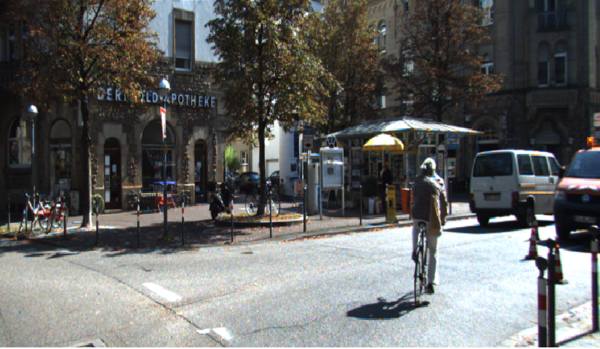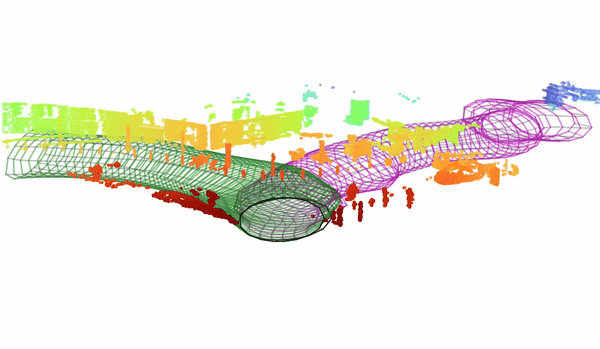CorrGen — A Differentiable Collision-Free Corridor Generator.
| Camera | Point cloud with corridors |
|---|---|
 |
 |
For the implementation details, please check the paper and/or watch the video.
If you use this framework please cite our work:
@misc{arrizabalaga2024differentiablecollisionfreeparametriccorridors,
title={Differentiable Collision-Free Parametric Corridors},
author={Jon Arrizabalaga and Zachary Manchester and Markus Ryll},
year={2024},
eprint={2407.12283},
archivePrefix={arXiv},
primaryClass={cs.RO},
url={https://arxiv.org/abs/2407.12283},
}
Install dependencies with
sudo apt-get install libcdd-dev
Create a python environment with python 3.9. For example, with conda:
conda create --name corrgen python=3.9
conda activate corrgen
pip install -r requirements.txtUpdate the ~/.bashrc with
export CORRGEN_PATH=/path_to_pfdq
export PYTHONPATH=$PYTHONPATH:/$CORRGEN_PATHTo run a real-world example from the KITTI dataset (Figs 5 and 6 in the paper), run this command:
python examples/kitti.py --case p --lp --n_corrgen 6 --n_decomp 6The options are the following ones:
--case:p(pink corridor) org(green corridor).--lp: Runs the approximated LP instead of the original SDP--n_corrgen: Integer indicating the polynomial degree of the polynomials in corrgen.--n_decomp: Sets the number of polygons for convex decomposition (and runs it)
To run a toy example (Fig. 4 in the paper), run this command:
python examples/toy_example.py --lp --n_corrgen 6The options are the same as for the KITTI example (except for --case).
To run the comparison of using different cross section parameterizations (Fig.3 in the paper), run this command:
python examples/cross_section.pyNotice that every time you run the command, the point cloud in the cross section varies. This is a great standalone script, great for conceptual prototyping.
For a discrete representation of the collision-free space via convex decomposition, check out pydecomp!